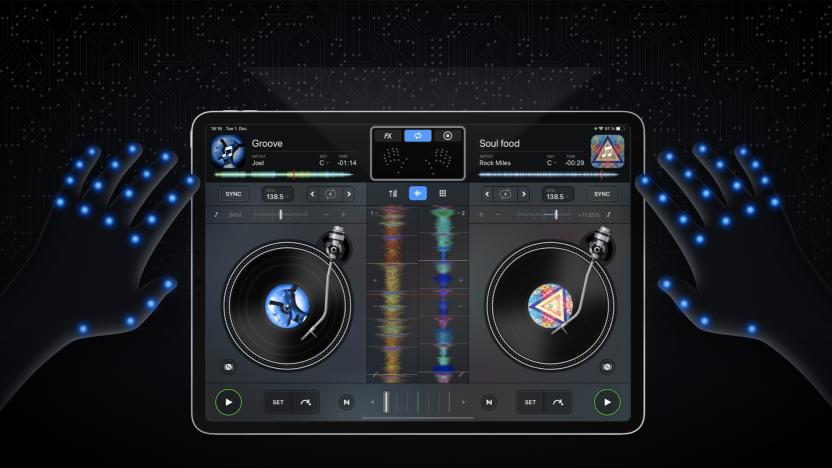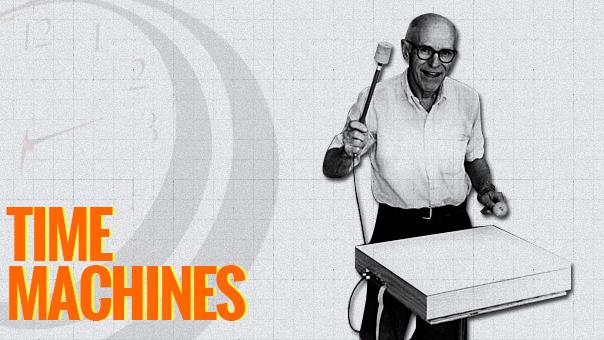Max Mathews
Latest

Djay Pro AI for iPad now has touchless gesture controls
An update to Algoriddim’s djay Pro AI is now available and its most notable feature is a touchless Gesture Control interface for iPad Pro and iOS 14.

A collection of man-made 'music' and the machines behind it
As technology became a part of modern life in the 19th century, an increasing amount of scientific study led to breakthroughs in electronic sound engineering -- often as a byproduct of other research. Humans became enamored with the crystalline clarity of these exotic machine-borne tones and as the technology matured, so did the range of output. Electrically powered machines were recreating the sounds of traditional instruments and even mimicking human speech. Once computers arrived, the possibilities seemed boundless as software for composing and performing electronic music were developed. Below, we've gathered together a few pioneering moments that've helped shaped our electronic soundscape. So listen and learn.

Max Mathews' one-man electronic orchestra
Welcome to Time Machines, where we offer up a selection of mechanical oddities, milestone gadgets and unique inventions to test out your tech-history skills. Conduct an electronic orchestra, right from your living room! It may seem like a fever dream headline from the 1950s, but the physical results of Max Mathews' years of work in computer music wouldn't fully materialize until the '80s. His Radio Drum (aka Radio Baton) -- although a continual work-in-progress -- was a groundbreaking method of controlling computer-synthesized sound through a predominantly wireless three-dimensional interface. Many of its unique abilities were courtesy of technological visionary Bob Boie's capacitance research, creating "a much more participatory way of enjoying music," as Mathews described in Stanford University's Brainstorm. The Radio Drum could track surface hits and even hovering positions, and use that data to control a multitude of audio parameters. It was one of many projects that Mathews worked on during his lifetime and played a part in earning him the honorary title of "Father of Computer Music."
